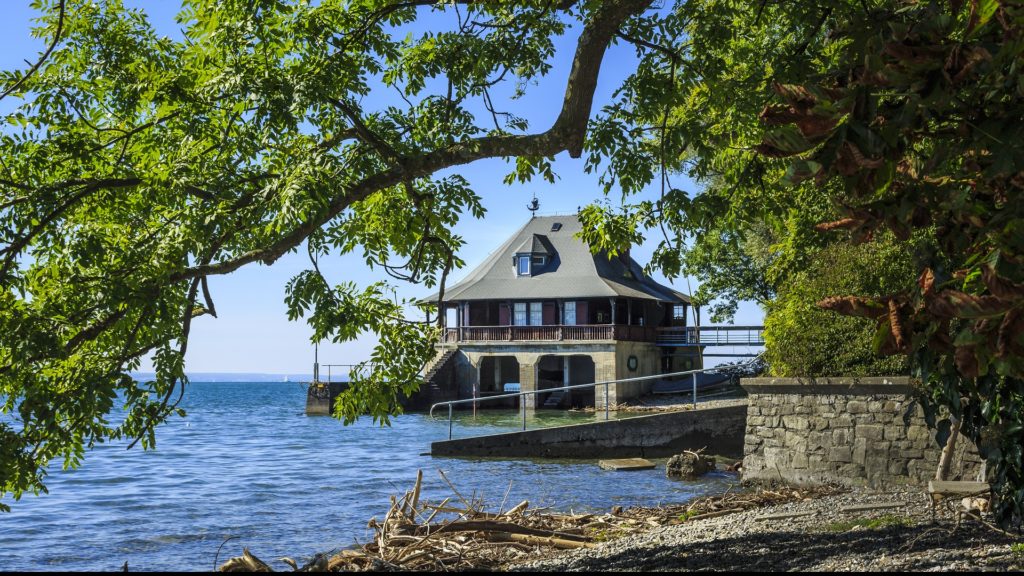
In New Orleans we know this well. The higher you are above sea level the better off, maybe, you will be. The lower 9th Ward was 13 feet below sea water and water flows down hill. This is basic physics. So it was no surprise when this article was brought to my attention.
When Hurricane Katrina bore down on New Orleans, Rose Dyson was one of the lucky ones. Her house, in a mostly Black, working-class neighborhood near the Mississippi River, was perched on some of the city’s highest ground — and while the floodwater devastated homes in other parts of the city, it never reached her doorstep. But in the years after the storm, the topography that had saved Dyson’s neighborhood became a selling point. A wave of new residents moved in, investors snapped up dilapidated buildings and housing prices skyrocketed. When Dyson’s annual property tax bill hit $4,000 two years ago — more than 20 times the amount she said she paid when she first moved in — she decided she had to give up the home she had dreamed of growing old in. “What I was paying went absolutely outrageous crazy — it was as if I had rebuilt the house and had a big mansion,” Dyson said. “I couldn’t keep up.” Like many Black families in the area, Dyson was pushed out not by Hurricane Katrina, but by gentrification that followed in its wake. Her neighborhood, which has the second-highest median elevation of any census tract in New Orleans, went from 75% Black in 2000 to 71% White by 2019, according to Census data — one of the most dramatic racial shifts in the city over the last two decades.
cnn.com
I live in a neighborhood that has been gentrified. The house I am in was a double shotgun with a small apartment in the back. Now it has been renovated and the double shotgun had a couple of walls removed and it is a single family house now. I live in Uptown close to Napoleon.
Experts and local activists say the changes affecting the neighborhood are an example of climate gentrification — a process in which wealthier people fleeing from climate-risky areas spur higher housing prices and more aggressive gentrification in safer areas. As growing evidence finds sea level rise and flooding risk starting to affect real estate markets in the American cities most vulnerable to climate change, that trend could lead to residents being priced out of higher-ground neighborhoods, often in Black and minority communities. “The people who made these neighborhoods desirable and created the culture that thrived there have been pushed out,” said Cashauna Hill, the executive director of the Louisiana Fair Housing Action Center. “Black New Orleanians have been relegated to neighborhoods that are further from the city center, and neighborhoods that flood much more easily.” Beverly Wright, the executive director of the Deep South Center for Environmental Justice, a New Orleans group that advocates for equitable environmental policies, said the gentrification she’d seen in her city was just one more example of the many ways climate change exacerbates racial inequalities. “A lot of people feel that climate change is an equalizer, but it really isn’t,” she said. “We start from a place that’s so unequal, and it’s digging a deeper and deeper hole.”
I am not alone. Looking at other areas in New Orleans I see the same thing happening. Looking at the news I see that it is happening in other cities as well. The graph in the article shows the relationship to high ground and the loss of Black residents and is telling. The problem is that while I know what was here – I am now happy here.
Some activists on the ground see the issue in starker terms. Bastien, of Family Action Network Movement, has a message for other high ground communities in coastal cities facing encroaching seas: get ready. “They should start organizing right now to claim the right to stay,” she said. “Because one day, the developers will come knocking.”


